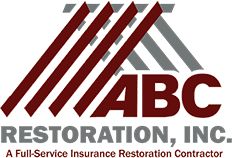Mold
Mold is a silent intruder that can wreak havoc on your home and health if left unchecked. While you might diligently clean visible surfaces, mold has a knack for hiding in unexpected places. Understanding where mold can lurk is key to keeping your home safe and healthy. In this blog post, we'll explore five surprising places mold can hide in your house and how to address these hidden threats.
Inside Walls: One of the most insidious places molds can hide is inside your walls. Leaky pipes, poorly sealed windows, or roof leaks can introduce moisture into the walls, creating a perfect breeding ground for mold. Since mold growth within walls is often invisible, signs such as a musty odor or peeling paint may be the only clues. Professional mold inspection may be necessary to address this hidden menace.
Underneath Carpets and Flooring: Carpeting and flooring materials provide an ideal environment for mold growth if they become damp or wet. Spills, leaks, or flooding can seep into the subflooring, leading to mold growth underneath carpets and flooring. If you notice persistent dampness or musty odors, it's essential to inspect underneath carpets and flooring promptly. Professional mold treatment can effectively remove mold and prevent its return.
HVAC Systems: Your heating, ventilation, and air conditioning (HVAC) system can also harbor mold if not properly maintained. Mold spores can accumulate in ductwork, air filters, and drip pans, contaminating the air circulated throughout your home. Regular HVAC maintenance and replacing filters can help prevent mold growth.
Attics and Crawl Spaces: Attics and crawl spaces are often overlooked areas where mold can thrive. Poor ventilation, roof leaks, or insufficient insulation can lead to excess moisture accumulation, creating an ideal habitat for mold. Inspecting these spaces regularly, especially after heavy rainfall or plumbing leaks, can help detect mold early. Proper ventilation, insulation, and moisture control measures can relieve mold growth in attics and crawl spaces.
Appliances: Household appliances such as washing machines, dishwashers, and refrigerators can harbor mold if not properly maintained. Moisture, food residue, and organic materials inside appliances create favorable conditions for mold growth. Regular maintenance, proper ventilation, and addressing leaks or condensation can help prevent mold from taking hold. Additionally, inspecting appliance seals and gaskets for signs of mold or mildew can help nip potential problems in the bud.
Conclusion:
Mold is a persistent problem that can lurk in unexpected places within your home. By being vigilant and proactive in identifying and addressing mold growth, you can protect your home and health from this hidden menace. If you suspect mold in your home or encounter persistent moisture issues, don't hesitate to seek professional help. With proper inspection, decontaminate, and preventive measures, you can keep your home mold-free and safe for you and your family.

